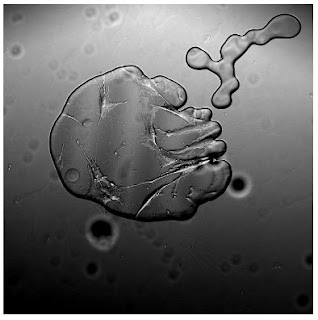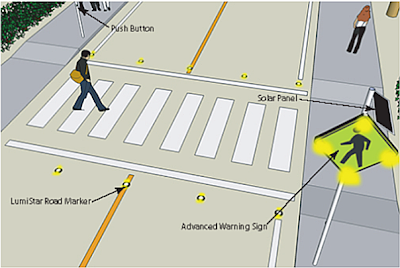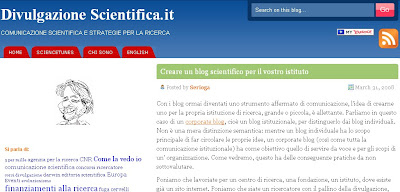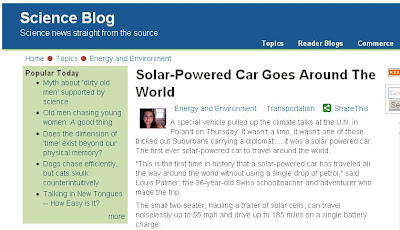International Science and Engineering Visualization Challenge

Tiny green diatoms create the illusion of a fernlike forest as they attach to their marine-invertebrate hosts. Mario De Stefano of the Second University of Naples, Italy, captured this miniscule "jungle" from the Mediterranean Sea with a scanning electron microscope. The image earned first place in the photography category of the 2008 International Science and Engineering Visualization Challenge. The awards are given annually by the National Science Foundation and the journal Science for images that employ modern technology to visualize complex scientific topics.








